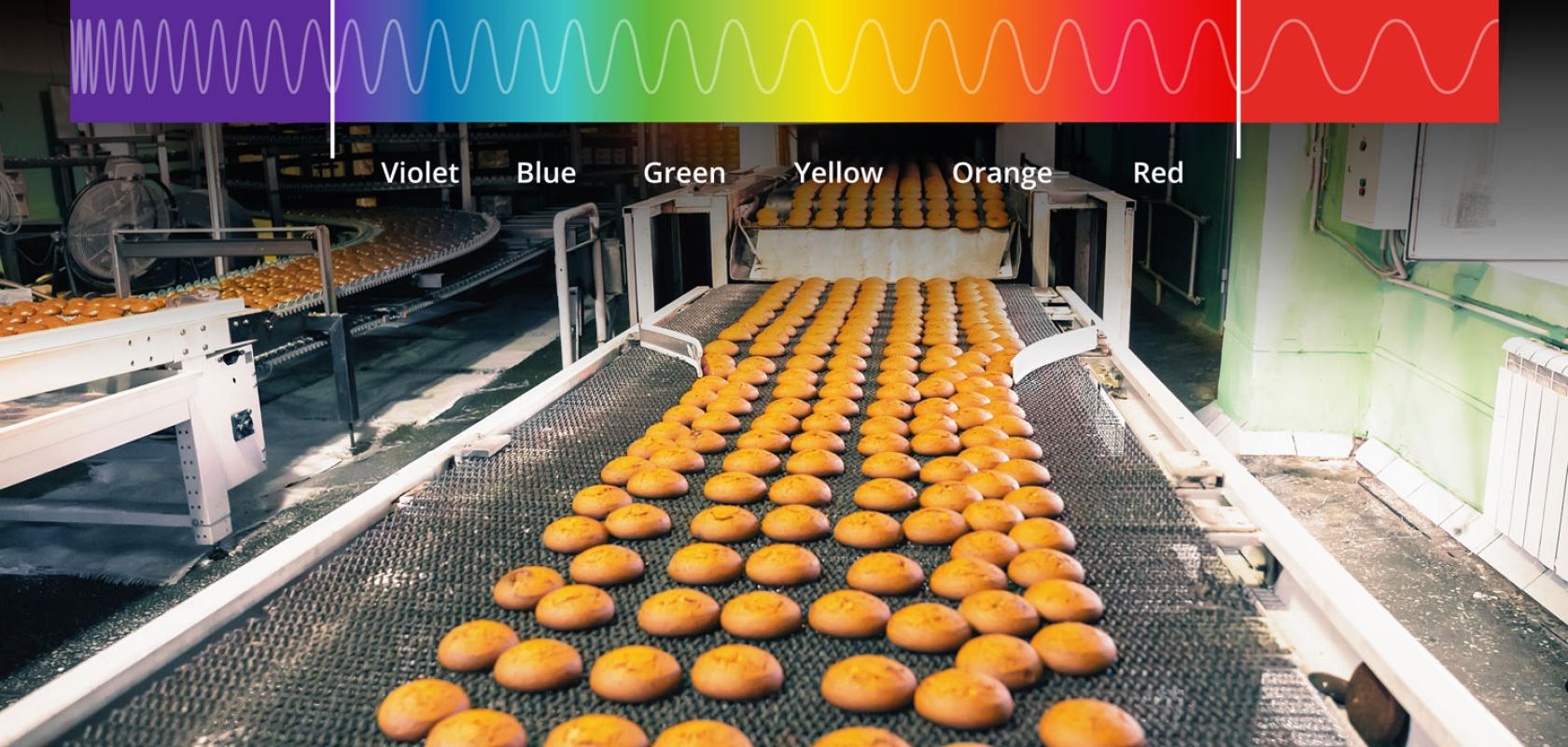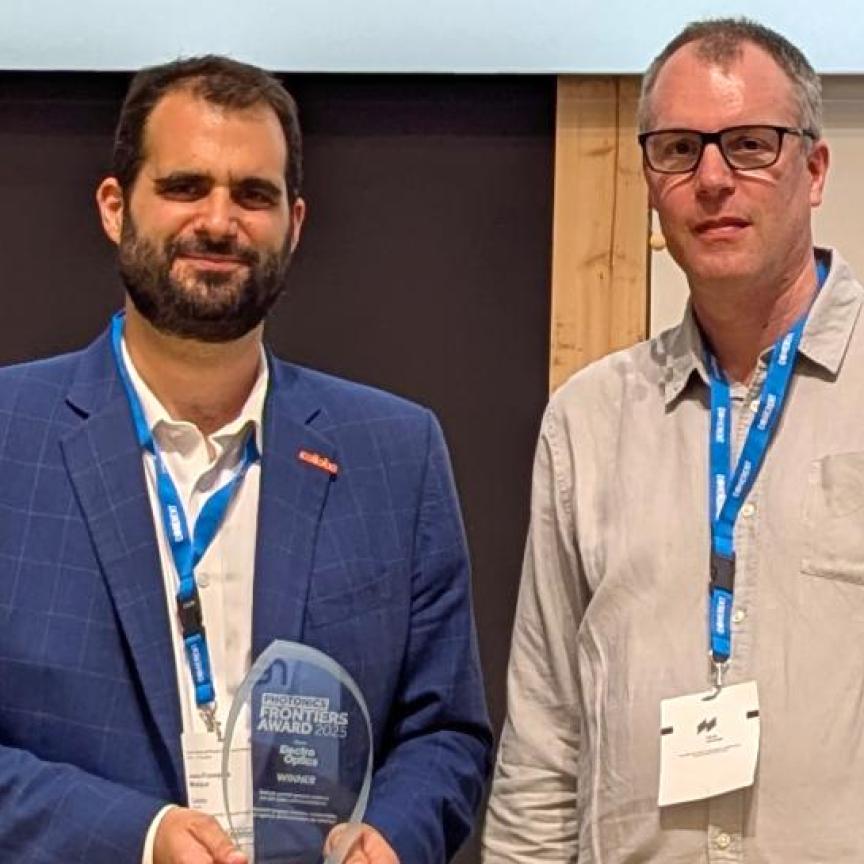What is the role of the modern-day photonics distributor? Apart from the important functions of:
- providing an efficient route for specialist suppliers to equally specialist customers that are beyond the formers’ geographical reach;
- being a local support for customers who speak the same language and are on the same time zone;
- providing “live” product demonstrations in the customer’s premises, in the customers’ setup;
- negotiating the challenges of new “red tape” that have been introduced as a result of Brexit;
- Exhibiting a wide range of complementary products at local trade shows;
- Participating in local tenders, in the local currency, promising and achieving minimum acceptable response times for support and servicing
The list goes on, but one of the most important functions, at least in the Photon Lines group of companies, is that of working alongside our partners to provide complete solutions to Complex Problems. Photon Lines was founded in France in 2001, and from the outset, our CEO, Eric Dréan has built a team of highly qualified, experienced specialists, many of whom are PhD qualified, including our R&D manager, Julien Romann, who is based in St Grégoire, Brittany. Julien’s R&D group has worked on several occasions with the UK and Ireland office of Photon Lines, mainly conducting 'proof of concept' studies, allowing customers to evaluate technology from our suppliers for their application prior to committing to a purchase, including in the fields of highspeed machine vision and hyperspectral imaging. These are both areas that Photon Lines has many years of experience in, as we have distribution agreements with partners such as Mikrotron and Chromasens on the machine vision side, and Resonon and Telops for hyperspectral imaging. Whilst we have supplied products from our highspeed camera and hyperspectral imaging portfolios into the food and beverages sector in the past, combining the two for online inspection systems remains a challenge. It was with this in mind that Photon Lines France applied for and won EU H2020 funding to develop a solution combining a highspeed camera from one of our current partners with a custom designed optical system, to make possible online hyperspectral inspection systems for food production (Grant award 824769).
Resonon’s CEO Rand Swanson has also shed some light on their own efforts in this sector, stating: 'Unlike conventional colour cameras that divide the signal into three bands (red, green, and blue), hyperspectral imagers divide the signal into many more bands than that (in the many tens to over one hundred). Because the signal is divided up into so many bands, hyperspectral imagers tend to be light-starved, and this problem is exacerbated when operating at high speeds. Traditional approaches to improving throughput so that hyperspectral imagers can operate at high speeds sacrifice spatial resolution, thereby making it impossible to detect small defects that are often critical. Resonon will soon be releasing a new optical design that will provide high throughput AND high spatial resolution, thus complementing Photon Lines’ efforts to develop a high speed hyperspectral machine vision system.'
'Photon Lines’ involvement “at the cutting edge” of photonics developments, in collaboration with our suppliers is, we believe, one of our distinguishing features,' states David Gibson, managing director of Photon Lines Ltd, and Julien Romann provided further insight in the following way: 'Machine vision makes a strong contribution to answering several big challenges like automatic defects detection and dimensional control, but reaches its limits when it comes to analyzing the composition of objects in the monitored scene, as outlined above. Such optical control of the product’s composition is today performed by spectral analyzers. Indeed, optical spectroscopy enables monitoring of several "invisible" parameters: product composition, moisture, chemical defects, etc, but the technology is mostly used as a point measurement, where only a single spatial spot is monitored in terms of spectral response, making it most suitable for homogeneous products. Combining digital imaging and spectroscopy, hyperspectral Imaging (HSI) is slowly but surely emerging in many sectors of industry, as it allows both spectral and spatial control.” He went on, “One of the main goals of HSI in industry is the ability to monitor many "invisible" parameters for any type of product, as distinct spectral information is collected in every spatial point of the observed area. Indeed, an HSI datacube is nothing less than an image containing an optical spectrum in each one of its pixels. This technology therefore enables mapping of any homogeneous, heterogeneous or bulk product in terms of composition or defects.'
The agri-foods sector is a specialization of Photon Lines France, who are based in Brittany, where this is a major industry. Although the currently available HSI technology successfully answers many customers challenges, one observation emerges for specific market sectors: HSI instruments currently lack the necessary speeds to make them suitable for high throughput industrial conveyors and low working distance applications. Photon Lines’ new development project HS2I (High Speed HyperSpectral Imaging) aims to combine HSI technology with fast digital imaging, to develop a high speed (> 1000 fps) HSI camera system capable of fully addressing the productivity and environmental needs of the agri-food industry. The core challenge of the project is to achieve a significant increase of the acquisition speed of HSI data, to comply with the dimensions and speeds of conveyors used in the high throughput food industry. This is also true of the new practices emerging in ground-based precision agriculture, another area in which Photon Lines France has particular expertise.
'This project is just one example where Photon Lines aims to make a difference, to fulfil our remit of providing “optical solutions”, rather than just “selling products”, a common misconception of the distributors role, I’m afraid,' says David Gibson. 'We always work with our partners in a transparent way to find synergies, and cooperate with them to find optimum solutions for our mutual customers, thereby fulfilling our stated aim to add value wherever possible.'
For more information on any of the material covered in this article contact Photon Lines Ltd at info-uk@photonlines.com


